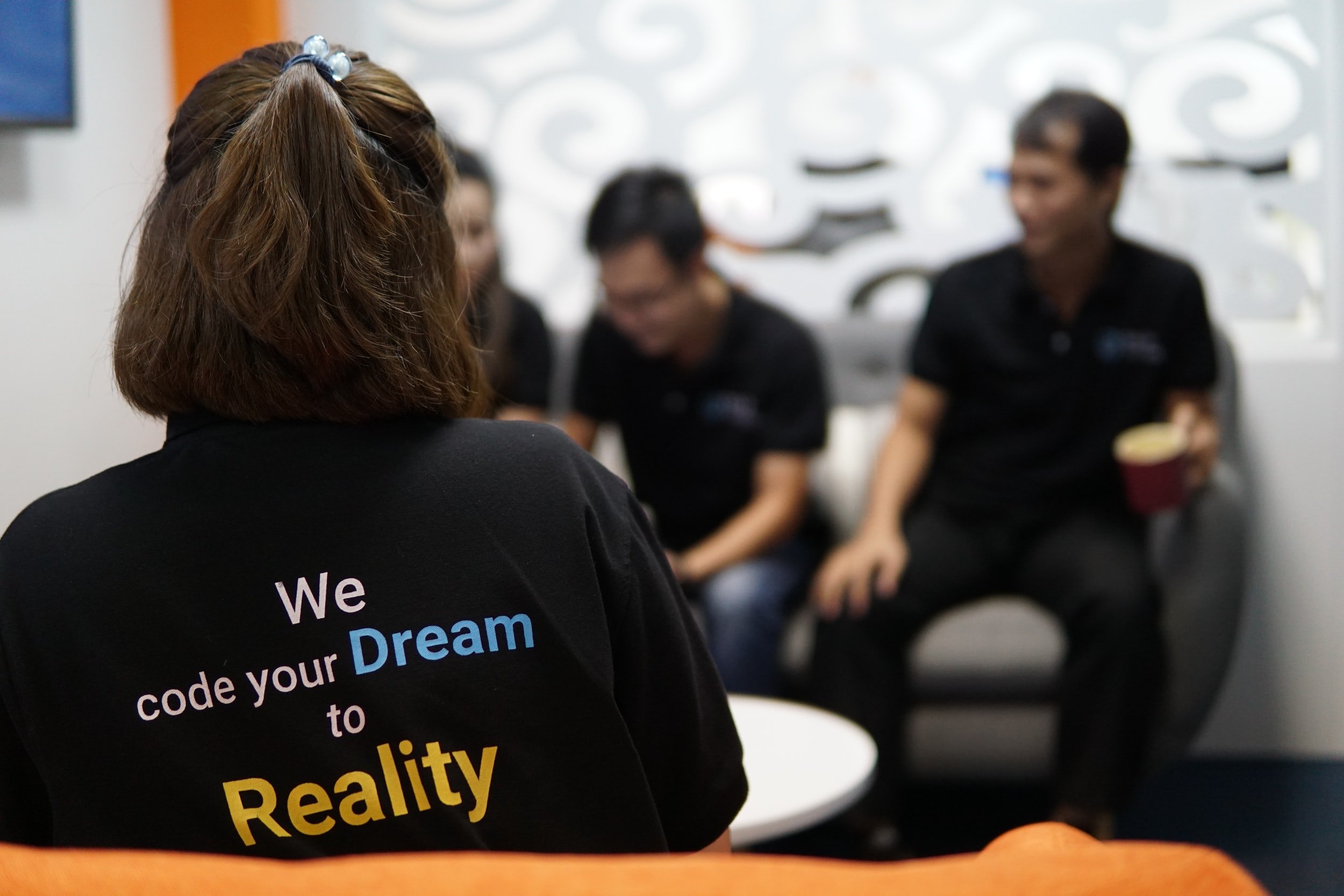Software development with Unity
/Unity is now a leader in games and any application that requires 3D visualization. It’s a platform that’s stable, has huge developer community support, great tools, very helpful documentation and an ever increasing software developer group - thus a superb ecosystem. Today’s post is an overview of this platform that we love and have been working on for several years. We’ll share our own experience along with a more generalized survey of the ecosystem for anyone thinking of moving to this space.
Unity the game engine
Unity started in 2005 with a very specific goal:
"democratize" game development by making it accessible to more developers
From the beginning the the focus has been on making a tool usable by everyone - be it in ease of use or be it in cost. And this focus has enabled Unity to achieve the great level of adoption it has now. Over the years Unity ecosystem has developed in to one of the most extensive in any programming ecosystems. Here are some of the big highlights of that ecosystem.
Multi platform support
Unity’s greatest feature is single code base that can target multiple platforms. So a developer can build an app for desktops, mobile devices like iOS or Android, Consoles like PS4 or Xbox, AR/VR devices, etc. all with the same code base.
Easy to use and learn
This is Unity’s biggest thing - it’s just simple to use. Within a very short time any software developer can have the environment setup and ready to create really complex games. Unity leverages on existing programming languages (C# and JS) and developer’s favourite IDEs. Thus the learning curve becomes very flat very soon. This makes the decision for trying out Unity for a software development project very simple as a test environment can be setup quickly and developers can try things out fast
Documentation, tutorials and templates
A big highlight for working on on Unity it’s support for knowledge. Developing a game in Unity is a smooth learning experience with accessible online tutorials and learning materials that Unity itself provides. This is then augmented by literally hundreds of other free tutorials and training resources from third parties. Specially valuable are the numerous YouTube channels dedicated to Unity development. It really helps an a new developer starting out her journey in the game development.
Video tutorials are particularly rich. Unity itself has hundreds of such video tutorials that go over in details of building fully working games. Apart from these tutorials and standard documentation Unity supports and continuously grows it’s library of template projects. These are backed up by even more templates from the Asset store (see below).
Awesome forums and community
Online forums are extremely strong for unity. The large community of Unity developers almost guarantees that any problem a developer runs into is already answered or can be answered very fast. Most of the larger forums are monitored by the Unity staff to support and answer questions directly from the makers of the platform. This overall support mechanism helps build the positive feedback loop of the community. Making it so strong. Unity’s own support portal: Answers.unity.com is a great example of how company supported public forums should be. Other forums include the good old stackoverflow’s Unity area, forum.unity.com
Rich marketplace for assets
The world of Unity comes with a marketplace where you can buy (or in many cases download for free) great assets (graphics, game objects, code, even full games). The Unity Asset Store is loved by game developers because it rich collections of pre-designed graphics, game objects and many more. The overall impact of having such a marketplace at your fingertips is the rapid pace of development in your project. Whenever you stuck for something - be it a new character in your game or some funky code or game logic you’ll probably find something in the assetstore to help you. This just speeds up your development by a large margin.
Flexible Licensing Model
Most projects and companies can start using Unity for free and then pay as they grow. That is the philosophy for Unity’s licensing. Most game engines are expensive have the most rigid licensing rules. This is just not the case with Unity. The Unity game engine, despite being a top platform remains at an affordable price, as compared to others. The free version has enough features get most of the common software projects and games off the ground and an upgrade to Pro version at a an affordable price brings in a whole pack of advanced features.
Analytics built in
Unity comes with built-in analytics that a game developer can use to setup their analytics. The engine is comprehensive and covers pretty much all the basic needs of analytics for discovering insights about the game and it’s usage.
With such great features it is no wonder that Unity-made applications were used by 2 billion monthly active users, with 1.5 million monthly creators! Unity is there to take over the game development space and it’s a platform to reckon with. So if you are thinking of working on a game or a software that requires 3D visualization then give Unity a spin.



































